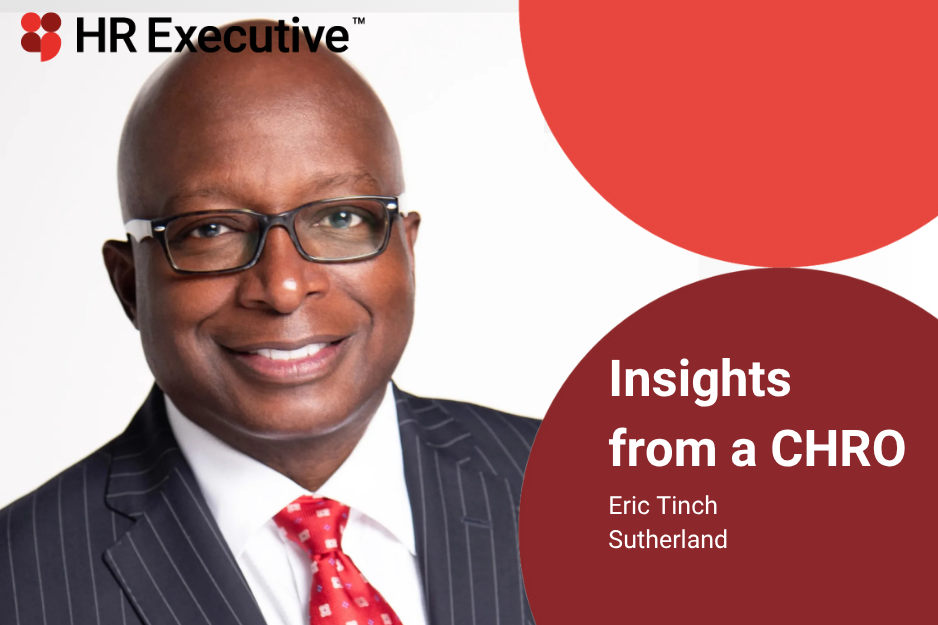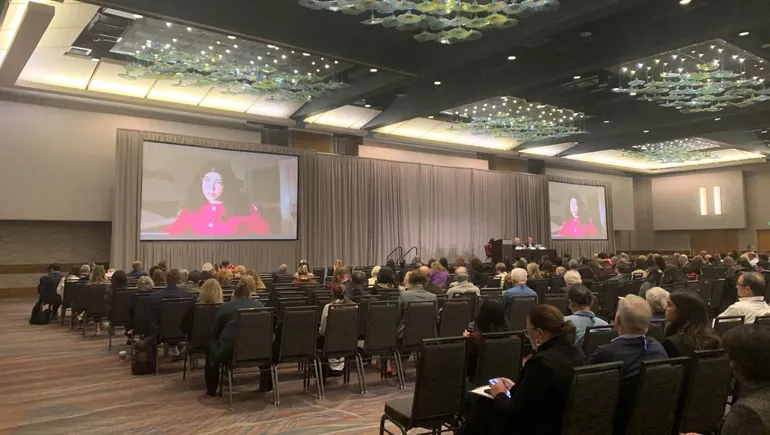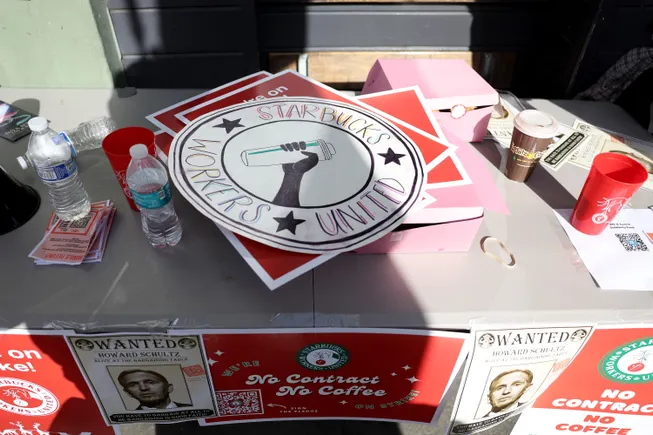AI is critical to the solutions Sutherland, an international business transformation services firm, offers its clients—and just as core to the experience it’s providing employees, says Chief People Officer Eric Tinch.
AI integration isn’t as simple as flipping a switch, says Tinch, who oversees people operations for the nearly 40-year-old organization that employs more than 40,000 people around the globe. Sutherland has involved stakeholders across the organization to design a comprehensive framework for AI integration, prioritizing ethical considerations, formal AI fluency programs and the ability for HR to continue to deliver the “human touch.”
Tinch, who joined Sutherland in 2021, shared with HR Executive the challenges and wins Sutherland has seen along its AI integration journey and what HR should focus on for success in 2026.
Tinch: One of the toughest challenges for us from the onset was ensuring we did not lose the humanistic aspect when it comes to interacting with candidates or anyone else outside of our organization. As most people have seen, there is a notion that AI can make things seem a little fake, a little disingenuous, less-than authentic. So, we were very concerned that whatever our solution was, that it needed our high touch approach that we boasted and bragged about. No matter what, we knew we could never lose sight that we still need a human in the loop.
Ultimately, the whole advent of AI for us was all about driving efficiencies, productivity, reaching a broad base of candidates we’re trying to attract or sharing our data internally. How do we do that effectively, efficiently and ensuring it’s authentic and still holds to the center that humanistic touch? At the end of the day, technology is an enabler; in our view, it’s not a replacement.
HR Executive: Who does HR need to work most closely with for AI integration success?
Tinch: It does not matter what level of technology we are infusing into our system, it flows through our entire executive team to ensure there are no oversights. That includes finance, facilities, IT, infosec. And we make no decisions around how we manage talent externally or internally without involving all of our business unit CEOs. Whenever we start looking at the employee journey, especially when it comes to change, it’s invariably going to impact their business.
HR Executive: How do you measure success with AI fluency-building efforts?
Tinch: We have an AI Academy, which is role-based. There are levels one through 10, which is the highest level in the organization, and there is a specific learning path for each of these levels, relative to AI. Because it’s role-based, it allows us to determine exactly what that person’s role is today, what along the AI upskilling path we think will enhance their capability, and we have the ability to audit and ensure we’re taking in the parameters and promises made to our clients.
HR Executive: What kind of governance frameworks did Sutherland establish along your AI integration journey?
Tinch: One of the first we did is to frame a policy for our company around when you should and shouldn’t utilize AI. It’s important for us to control an individual’s ability to go in and out of our network utilizing AI. There are specific platforms we just restricted. But then there are specific platforms we think do align with our technology and digital footprint, so we’ve enabled those. Creating a policy around AI abuse is the first step—and then, frankly, controlling what is utilized in and out of your system.
HR Executive: Where do you envision the most impactful integrations of AI specifically into the HR function at Sutherland?
Tinch: We’ve seen the most success on the talent acquisition side of the house. Along with our sourcing systems, our screening systems, AI has enabled us to have a much broader reach. It helps drive our accuracy in matching candidates to the roles we’re looking to fill. It helps us screen faster; now, a candidate can access our portal when there’s an opening and schedule themselves to do an initial screening instead of waiting for a person. There have been heavy efficiency gains on the front side in the TA space, which is driving a better experience.
HR Executive: How are you making decisions about whether HR should leverage AI or human experience in its work?
Tinch: In our experiments with AI, we looked at every step in the employee journey; in the initial sourcing and screening, AI works exceptionally well. But when you’re starting to connect with someone about a schedule they’ll work, start to talk about job applicability or even a location, we found having a human in the loop there makes better sense. Now, they’re developing that first phase of a real relationship. That’s where we’re focusing a lot of our energy.



















